Best Practices Articles

Lead Management Automation from Cold Calls to Content: Building a Modern B2B Prospecting Engine
Sales prospecting changed. Old calls fail. Now, B2B teams use content, social media, and lead management automation for outreach. SDRs act as brand ambassadors. They build trust and influence. They listen for "dark funnel" signals. They use smart cadences. This new approach prioritizes value over volume. Lead management automation helps SDRs connect better and drive growth. The future is relevant, authentic engagement.
Key Takeaways:
- Old sales tactics are dead.
- New B2B prospecting is here.
- Lead management automation is key.
- SDRs now build influence.
- Content drives new connections.
- Listen to "dark funnel" signals.
- Trust builds strong cadences.
- Value beats volume always.
B2B prospecting has entered a new era. The old model, with cold calls, static lists, and email blasts, no longer brings steady growth. Digital fatigue, changing buyer needs, and diverse workplaces weakened old tactics. Businesses now operate in a crowded attention world. Channels multiply. Messages compete. Trust determines access.
Modern buyers research on their own. They join communities. They validate decisions through peers. Sales pros must change how they prospect and engage. Teams cannot just use brute force outreach. Instead, they must earn attention. They need relevance, credibility, and presence on the right platforms.
This change means rethinking sales development. Today’s top B2B groups mix social influence, content, and human talks. This creates a strong prospecting plan. They make SDRs thought leaders, not just appointment setters. They create good first impressions. This starts productive sales talks. They focus on community, timing, and intent. Effective lead management automation makes this possible.
1. Linear Outreach Declines, Multichannel Influence Rises
Simple prospecting steps have fallen apart. The old way of sending a mass email, then a cold call, now fails. Email open rates keep dropping. Inboxes are crowded. Spam filters have improved. Cold calls hit voicemails or unanswered phones. These problems demand more innovative strategies.
Multichannel influence reshapes how SDRs reach buyers. Modern teams don't follow rigid steps. They spread outreach across email, phone, LinkedIn, and events. Each interaction becomes part of a bigger story. Relevance isn't just in single points. It comes from patterns of value delivered across platforms. Lead management automation helps coordinate these varied touchpoints.
SDRs now build awareness before contact. They create brand familiarity through LinkedIn posts. They share content. They join mutual groups. Prospects enter conversations already knowing the rep. This makes the "cold" element disappear.
The best teams track channel effectiveness. They see which channels bring meetings and buyer engagement. They measure how many prospects view SDR content. They check poll engagement. They track rep account follows before direct outreach responses. This shows rising interest. It informs optimal timing. This data powers intelligent lead management automation.
2. SDRs Become Content-Driven Brand Ambassadors
Prospecting shifted from private talks to public influence. Top SDRs don't hide behind emails and dialers. They publish. They share. They converse. Their brand becomes a symbol of the company's credibility. Instead of pushing offers, they attract interest with expertise.
Companies now hire SDRs who are active in online communities. They value curiosity and storytelling skills. They look for a desire to learn publicly. These reps create short content. It addresses industry problems. It shares observations. It starts conversations.
Sales leaders enable this shift. They treat SDRs as media contributors. Teams invest in content structure training. They learn audience engagement and personal voice. Managers set weekly visibility metrics. These include likes, shares, or profile visits. This does not replace calls or emails. Instead, it ensures each touchpoint benefits from recognition. Prospects recognize the SDR’s name from their feed. They link insights to the rep’s credibility. Trust speeds up the first conversation. Trust opens doors to deeper engagement. This integration with marketing automation builds a strong brand presence.
3. Leveraging Social Signals and Dark Funnel Intelligence
Not all prospect activity is visible. Much of today’s B2B buying journey happens off-record. This occurs in Slack groups, forums, and private newsletters. It includes closed events. This is the "dark funnel". This behavior leaves no form fills or standard intent signals. Still, it significantly influences deals. Prospects validate vendors in niche communities. They ask peers for feedback. They search for credibility outside brand channels. Ignoring this behavior leaves revenue on the table.

High-performing SDR teams monitor dark funnel activity. They use indirect signals. They track LinkedIn profile visits. They monitor social shares and comment patterns. They watch peer network changes. They use Slack channels for key executives. When their company’s name appears, they respond quickly. They add context and insights. Lead management system tools help capture these less pronounced signals.
Leaders also build proprietary communities. They bring together partners, consultants, and advisors in closed groups. These networks build long-term brand awareness. They create referral loops. Trust becomes opportunity. The SDR’s role here is to listen first. They observe patterns. They contribute value. They time the outreach carefully. Selling without awareness fails. Influence precedes intent. Community signals shape conversion. This highlights the need for advanced lead management automation.
4. Designing a High-Trust Prospecting Cadence
Outreach sequences used to rely on volume and repetition. Today, success depends on timing, tone, and trust. SDRs no longer ask, "How many touches will convert?" They ask, "What interaction builds the most value for this buyer now?"
High-trust cadences use fewer, more thoughtful steps. An SDR might start with a social comment. Then, a personalized message references the prospect’s content. Next, they share a custom insight from intent data. Each step earns attention through relevance.
Automation still plays a role. But it no longer drives the entire process. Reps insert themselves selectively. They use tools only to surface patterns and manage logistics. The human element carries weight. Prospects know when messages lack sincerity. Automation that fakes authenticity backfires. Real value earns replies. An innovative lead management tool supports human-led efforts.
The cadence also adapts by segment. Decision-makers prefer brevity and impact. Influencers respond to engagement and education. Reps tailor tone and medium. This personalization extends to timing. Outreach happens when the buyer is most active, not when the SDR has time.
Success metrics have evolved. Teams track reply quality. They monitor follow-up engagement and brand exposure. They do this alongside meeting counts. They score progression by buyer awareness, not touchpoint volume. The goal is not to overwhelm. It is to align. This is vital for lead management automation strategies.
5. Building the B2B Prospecting Engine of the Future
The future of B2B prospecting belongs to organizations that treat sales development as a strategic media function. They no longer separate marketing from SDRs. They integrate efforts into a single engagement cycle. Content, connection, and conversation work together. This relies heavily on lead management automation and marketing automation.
These organizations embed media training in onboarding. New SDRs learn to build a LinkedIn presence. They share market insights. They contribute to brand campaigns. They work with marketing on post timing, narrative themes, and response handling.

Technology supports, but doesn't overshadow. CRM, sequencing tools, and analytics platforms track performance. They cover content and outreach. Intent signals inform campaign timing. Conversational intelligence helps reps refine tone and message.
Reps rotate between active outreach and passive influence. Some days, they call. Other days, they comment, post, or collaborate. Performance reviews consider total audience impact. This is not just appointment volume. Leaders recognize that influence builds a pipeline. Results may take time.
Ultimately, modern prospecting prioritizes value, not volume. It respects the buyer’s journey. It builds brand equity at every touchpoint. It positions the SDR as a guide, not a gatekeeper. They know when to speak, what to share, and how to earn trust.
Conclusion
B2B prospecting no longer fits a single template. It requires dynamic execution, digital fluency, and a service mindset over pitching. Buyers demand authenticity, relevance, and dialogue. Organizations that empower SDRs to be strategic communicators will gain attention. They become trusted advisors and visible contributors.
This shift rewards those who invest in people, content, and community. It punishes those who cling to old outreach models. As attention becomes scarce, only value sustains connection. And only connection powers the new B2B pipeline. Companies must blend prospecting with publishing. They need a conversation with listening. They must mix outreach with empathy to build that engine. The future of sales begins with relevance. Relevance starts long before the first call. All this is enhanced by strong lead management automation.
Best Practices Guidebook
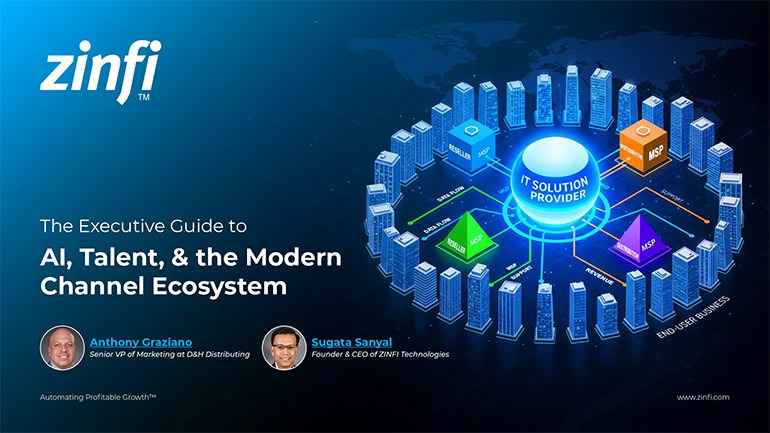 Modernizing Channel Marketing: AI and Ecosystem Enablement Best Practices
Modernizing Channel Marketing: AI and Ecosystem Enablement Best PracticesDownload for FREE
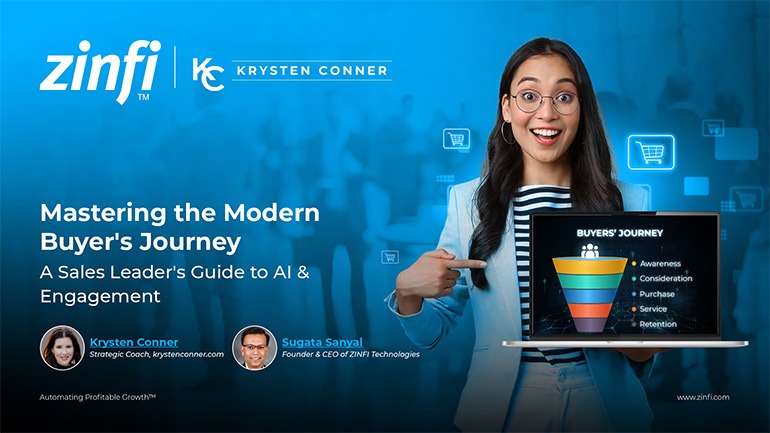 The Channel’s Shift to Partner-Led With AI Best Practices
The Channel’s Shift to Partner-Led With AI Best PracticesDownload for FREE
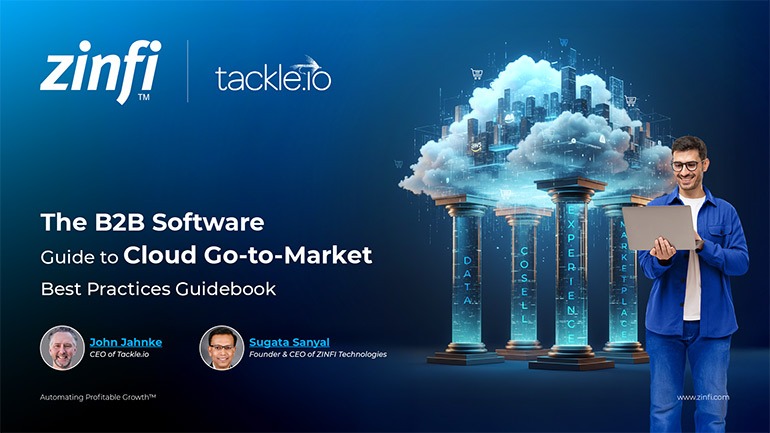 Hyperscalers, ISVs, and AI: Shaping the Future of B2B Software Distribution
Hyperscalers, ISVs, and AI: Shaping the Future of B2B Software DistributionDownload for FREE
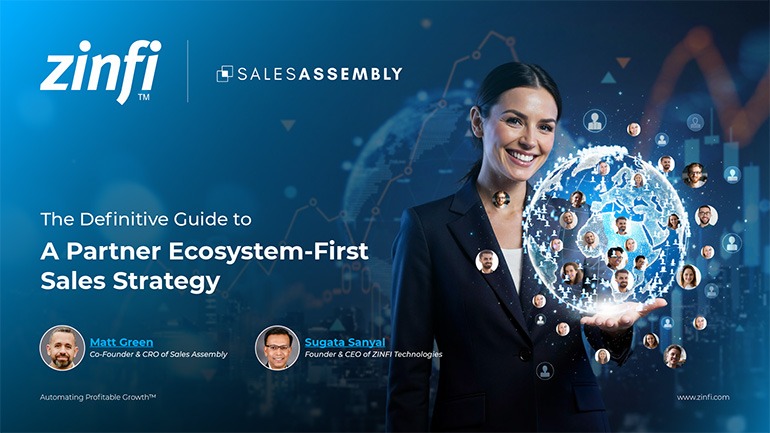 Definitive Guide to a Partner Ecosystem-First Sales Strategy
Definitive Guide to a Partner Ecosystem-First Sales StrategyDownload for FREE
 The Partner-Led Digital and AI Transformation Best Practices
The Partner-Led Digital and AI Transformation Best PracticesDownload for FREE
 Startup Talent Recruitment: Hiring Missionaries, Not Mercenaries
Startup Talent Recruitment: Hiring Missionaries, Not MercenariesDownload for FREE
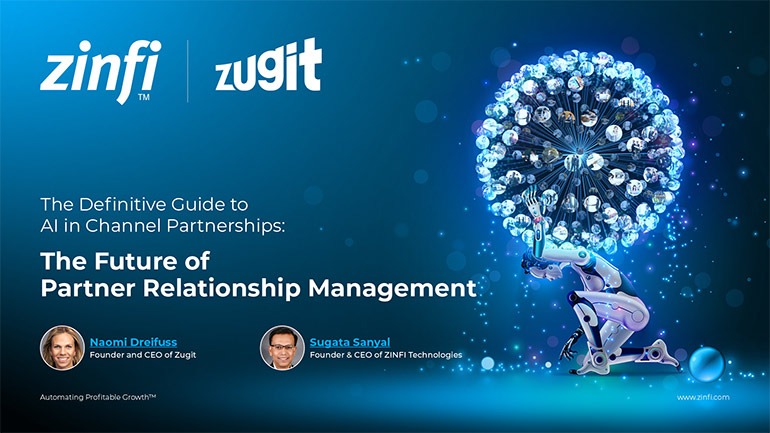 The Future of Partner Relationship Management with AI in Partnerships
The Future of Partner Relationship Management with AI in PartnershipsDownload for FREE
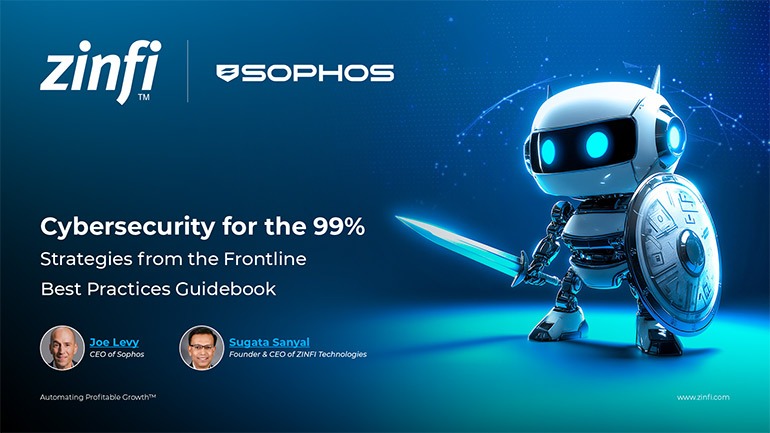 Cybersecurity for the 99%: Strategies from the Frontline
Cybersecurity for the 99%: Strategies from the FrontlineDownload for FREE
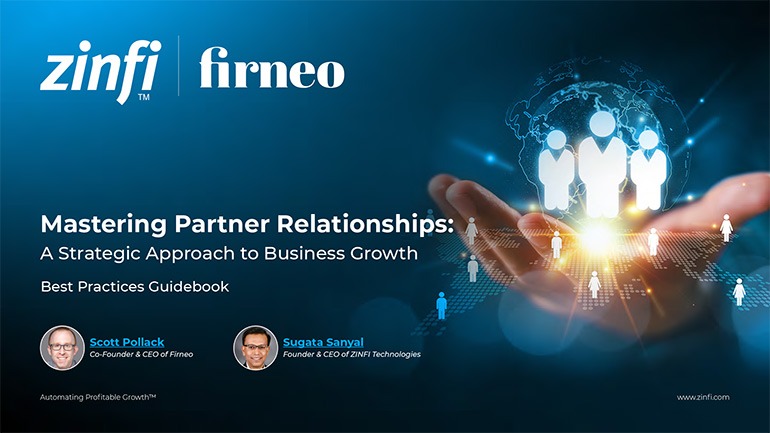 Mastering Partner Relationships: A Strategic Approach to Business Growth
Mastering Partner Relationships: A Strategic Approach to Business GrowthDownload for FREE
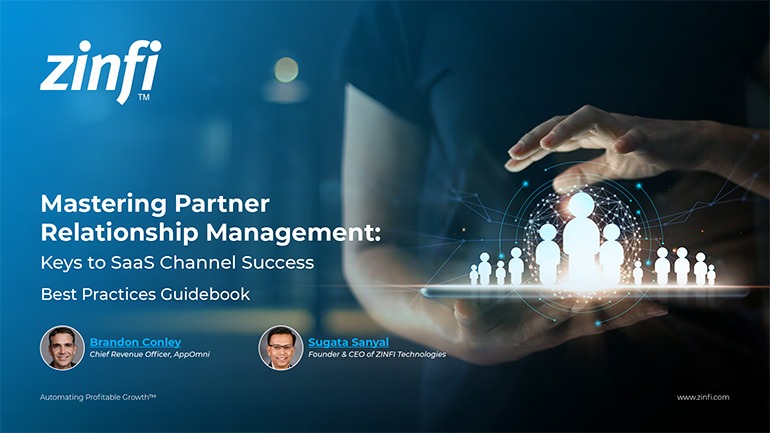 Mastering Partner Relationship Management: Keys to SaaS Channel Success
Mastering Partner Relationship Management: Keys to SaaS Channel SuccessDownload for FREE
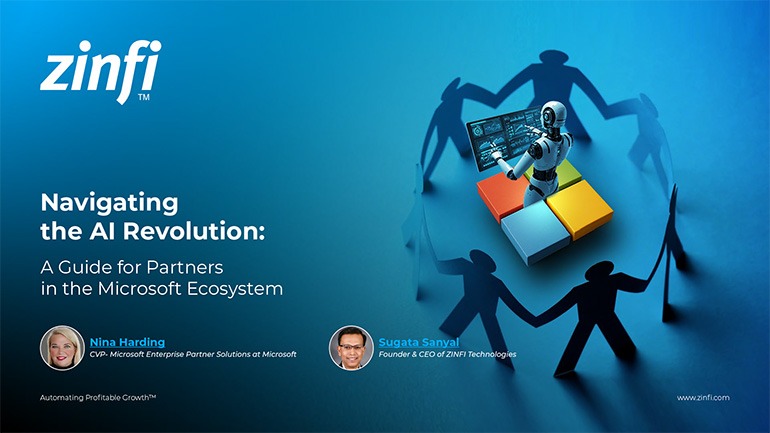 Navigating the AI Revolution: Guide for Partners in the Microsoft Ecosystem
Navigating the AI Revolution: Guide for Partners in the Microsoft EcosystemDownload for FREE
 Mastering the Modern Buyers Journey: Sales Leader’s Guide to AI & Engagement
Mastering the Modern Buyers Journey: Sales Leader’s Guide to AI & EngagementDownload for FREE










